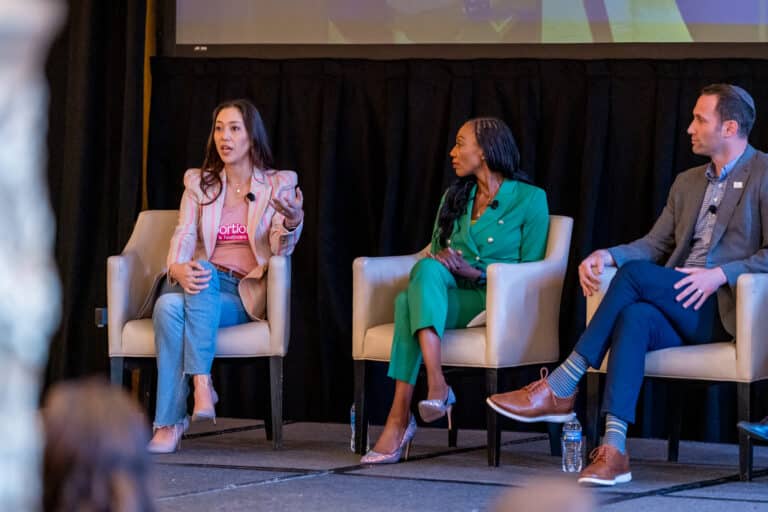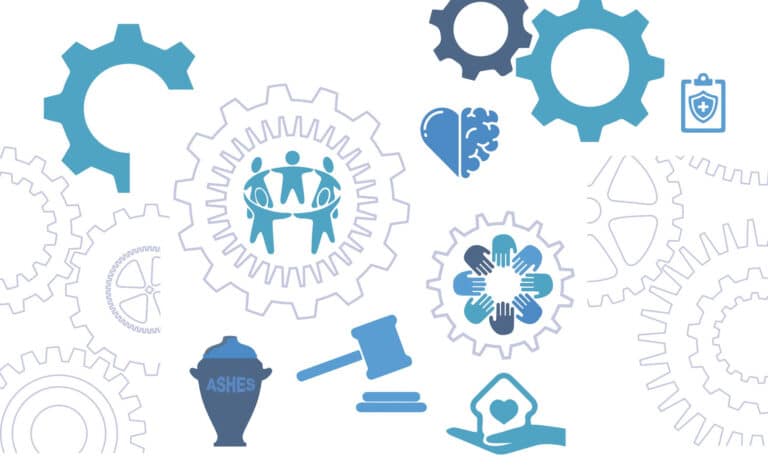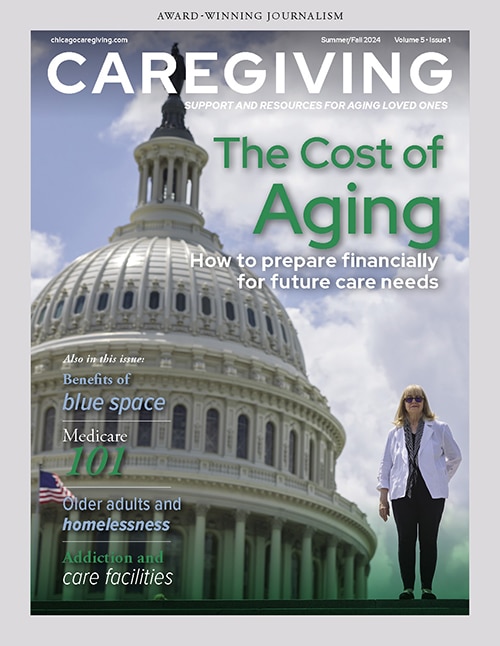Varicose veins are a common ailment in the United States, says Michael Shao, MD, a vascular surgeon at Swedish Covenant Hospital. But despite their prevalence, misconceptions abound.
Varicose veins are caused by blood backing up in veins, usually in a person’s legs or feet. Because the veins sometimes become visible through the skin, people often think of varicose veins as a cosmetic concern. However, the condition can also cause physical symptoms such as leg fatigue, muscle aches and chronic wounds.
Individuals required to stand a lot—like teachers, nurses, waitresses and hair stylists—are more likely to develop varicose veins. Other risk factors include having multiple pregnancies or a history of blood clots or trauma to the legs. Varicose veins impact men as well as women, Shao says.
Fortunately, a variety of outpatient treatments are available that are quick, non-invasive, require no anesthesia and allow patients to be back on their feet the same day. These procedures include radiofrequency ablation, laser ablation and Varithena foam injected directly into the vein. The more traditional vein stripping treatment, which is more invasive, is still the best option for certain circumstances, Shao says. The goal is to improve health—not just cosmetic appearance.
“There are physical symptoms that could be improved by treating varicose veins,” Shao says. “It’s not an emergency, but it could improve people’s quality of life.”
Originally published in the Spring 2017 print edition












